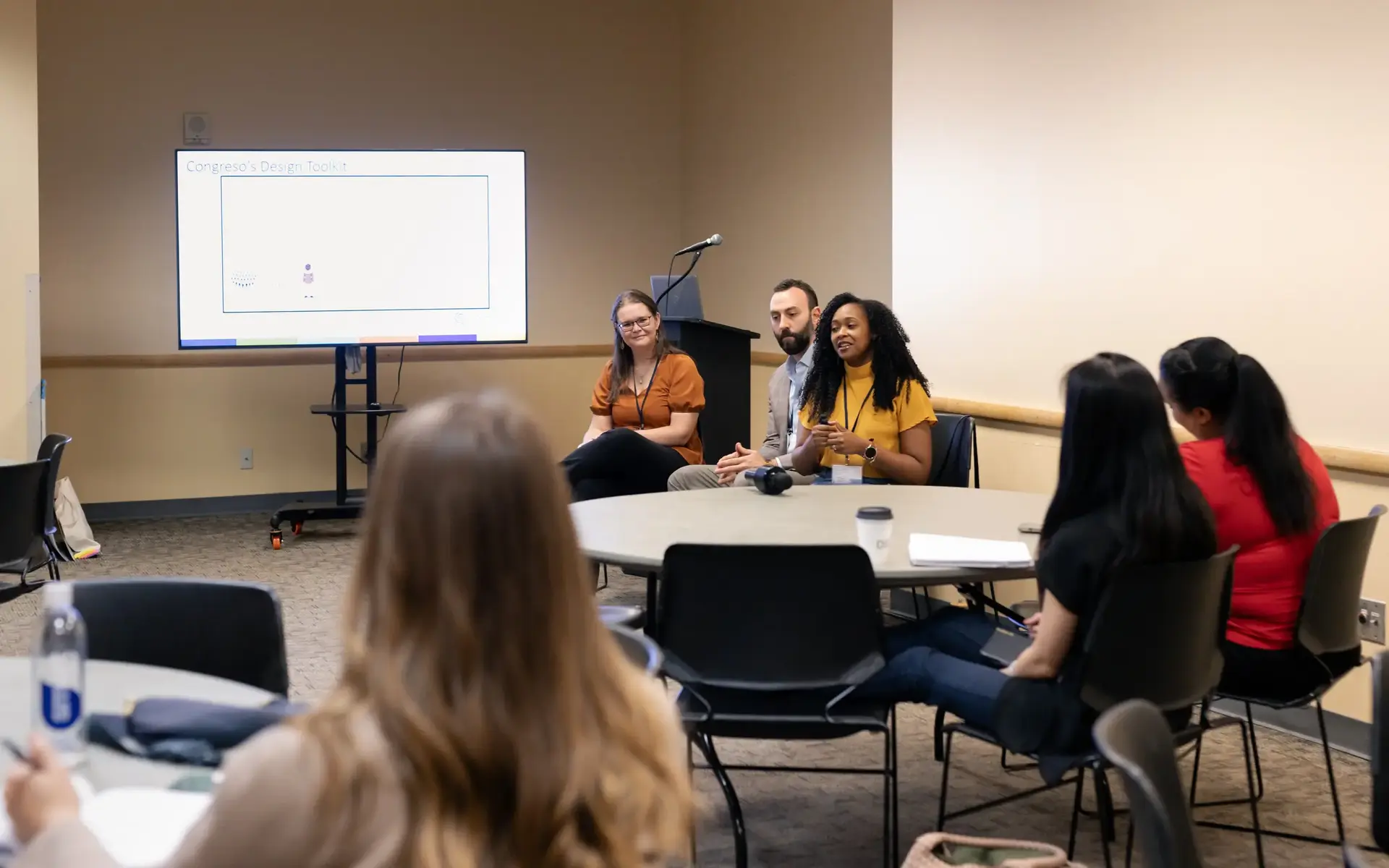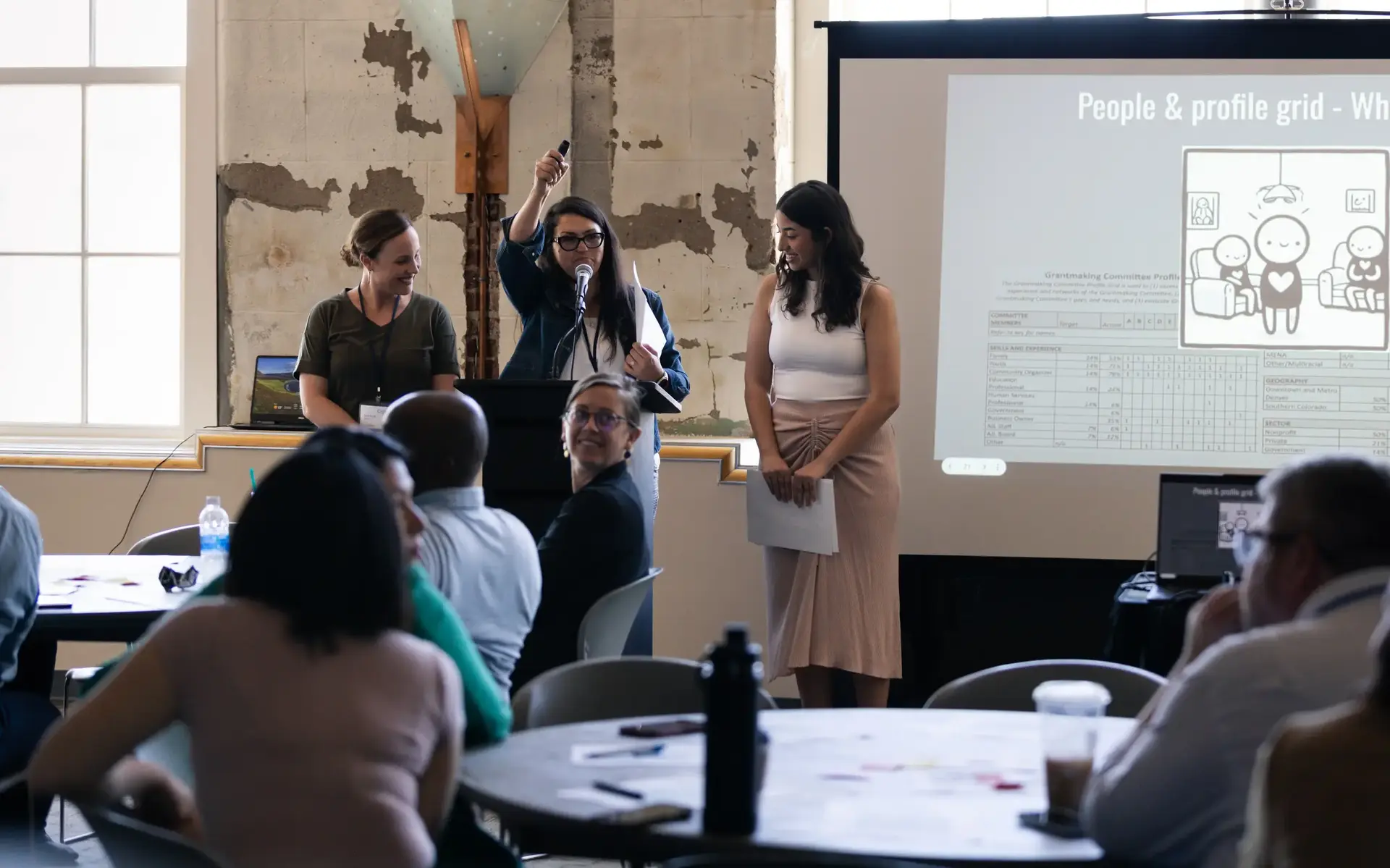What is Feedback? What is Listening?
Feedback and Listening Drive Change
Feedback Labs is dedicated to supporting philanthropic, nonprofit, and other social sector organizations as they work to regularly listen to and act on feedback in high-quality, equitable, and inclusive ways.


At its core, feedback is someone sharing their thoughts, feelings, and opinions about their experiences with a company, product, service, or another person. Receiving and listening to feedback can help social sector organizations share power with individuals and communities by recognizing their unique expertise and making decisions together. At the same time, organizations gain a better understanding of what’s working well and what’s not.
It’s based in experience
Feedback comes from past interactions and provides ideas for making changes for the future.
It’s personal
Feedback reflects an individual’s unique perspective and personal experience.

Listening is the act of paying attention to and making sense of what people are saying. It’s about truly understanding the views, perspectives, and opinions of the people and communities at the heart of your work. Listening is an intentional effort to gather these insights and use them to guide decisions and improve your work.
Listening can take many forms for organizations — including through forums such as focus or advisory groups, or prospective community research that seeks to capture the thoughts and feelings of populations at the heart of your work.
Build your listening skills with new tools and strategies to move from feedback to action. We offer trainings for:
Newcomers to the
feedback community
Seasoned practitioners seeking
a deeper understanding
Thinkers and doers in philanthropy,
nonprofits, and government